“CNC machining titanium is harder, more expensive, and slower due to its strength and durability. Aluminum is easier, cheaper, and faster to machine.”
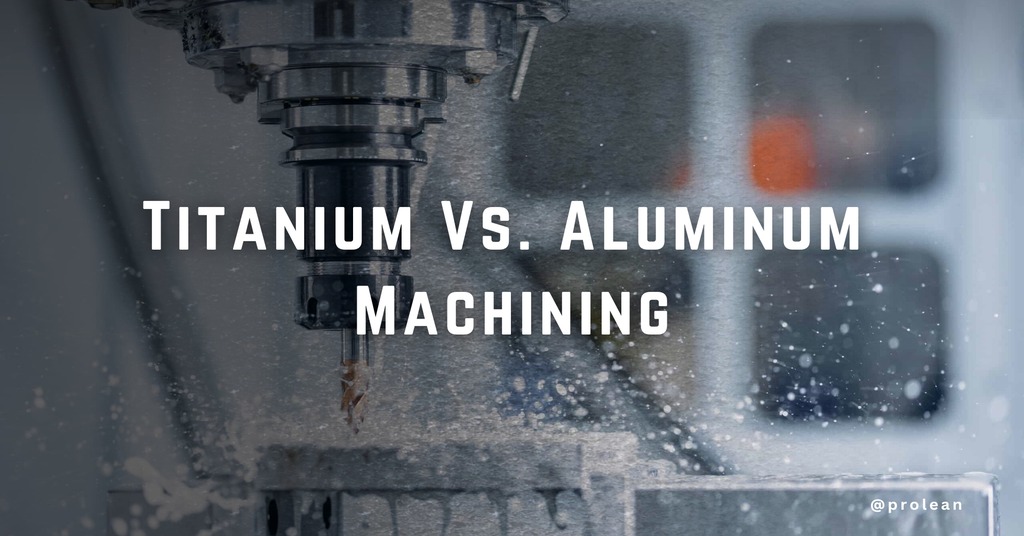
When choosing machined parts’ characteristics, lightweight and strength are necessary. Naturally, aluminum and titanium are the first to be mentioned. These materials possess good corrosion and high-temperature characteristics. Both metals have been widely used in different industries, including 3D printing and CNC machining.
Regarding titanium vs aluminum weight, both are notably light metals, but for different reasons. For instance, aluminum has a specific gravity of 2.7 g/cm³, much lower than other materials such as steel. Further, it has a specific gravity of 7.8 g/cm³. Even though titanium is about 2/3 heavier than aluminium, it is stronger, so less is needed. Surprisingly, it is possible to use only a small portion of titanium to get the same strength as aluminum. This is why titanium is applied in the construction of jet engines and spacecraft; it is strong and light, hence cutting down on fuel. This article helps readers understand how titanium vs aluminum potential can be used for machining by knowing their respective properties.
Material Characteristics: Titanium Vs Aluminum
This section provides an account of the aluminum and titanium materials that are appropriate for DMLS and CNC machining and reveals the tensile strength, elongation, and hardness of the materials.
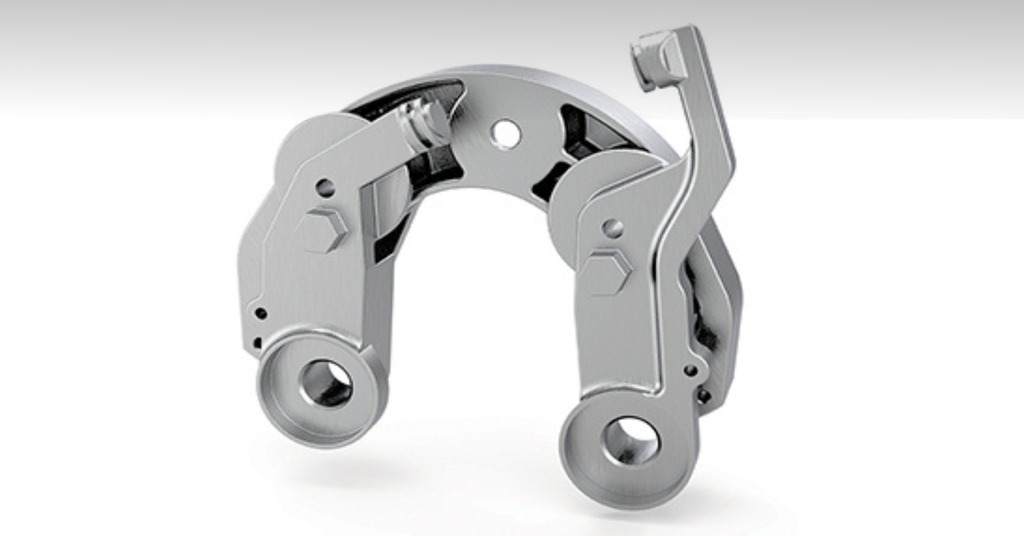
Aluminum machined part
The materials that can be used in DMLS are Titanium (Ti 6Al-4V) and Aluminum (AlSi10Mg).
The mechanical properties of the titanium (Ti 6Al-4V) produced through DMLS are tensile strength of 172 ksi (1186 MPa), elongation of 10%, and hardness of 40 HRB. This combination of properties makes it suitable for applications where strength is a significant factor while flexibility is not an essential factor. In the same manner, Aluminum (AlSi10Mg) by DMLS has a tensile strength of 241 Mpa, elongation of 10 %, and hardness of 45 HRB. It is not as difficult to machine as titanium, but it is solid and pliable and can, therefore, be used in almost any application.
Aluminum 6061-T651 and Aluminum 7075-T651 for CNC Machining
There are two well-known options for CNC machining: The two common types of aluminum alloys are Aluminum 6061-T651 and Aluminum 7075-T651. The Mechanical properties of Aluminum 6061-T651 are tensile strength of 40 ksi (276 MPa), elongation of 17%, and hardness of 95 HBW (Brinell hardness). This alloy is preferred for welding applications since it is more weldable than the other two alloys and is relatively cheaper. The other one is also harder and thus is used where there is a compromise between hardness and flexibility.
On the other hand, Aluminum 7075-T651 has a tensile strength of 83 ksi (572 MPa), elongation of 11%, and hardness of 85 HBW. This has a higher copper percentage than the previous one; it has more strength and is used where high friction is needed. It is slightly more difficult to machine and weld compared to 6061, but its strength-to-weight ratio is much higher and is used in applications that require high strength and low weight, such as in aerospace and automotive applications.
Titanium (Grade 5 Ti 6Al-4V) for CNC Machining
CNC machined Titanium (Grade 5 Ti 6Al-4V) has a tensile strength of 138 ksi (951 MPa), elongation of 14%, and hardness of 35 HRC (Rockwell hardness). This material is well known for its high strength and toughness and thus can be used in high-performance applications. It is strong and light at the same time, which results in substantial fuel conservation in the aerospace and automobile industries. Also, the excellent elongation rate allows it to offer both rigidity and flexibility to meet stress conditions without compromising its performance.
The decision on which of these materials and processing methods to choose is mainly influenced by the characteristics of the intended use. Titanium alloys for 3D printing and CNC machining are quite strong and a little flexible, which makes them ideal for high-stress environments. 7075-T651 aluminum is solid and ideal for high friction applications, while 6061-T651 aluminum is cheaper and easier to shape, thus more helpful. When considering titanium anodising for these materials, one should focus on the ability to improve the surface characteristics and, in particular, the corrosion properties. Additionally, polish titanium for smoother finishes and improve aesthetics when required. It is crucial to comprehend each material’s unique characteristics, benefits, and process to make the right decision for the project.
Try Prolean Now!
Benefits of Titanium in CNC Machining
Titanium is advantageous due to the following;
Exceptional Strength:
- Titanium guarantees the creation of lasting parts characterized by high strength in any condition.
- It can be vital to endure stress and be dependable for other purposes.
- It is also characterized by a very high strength-to-weight ratio, which is always a plus for any material.
- Titanium can be used to create lighter parts because of its strength, and this does not affect the strength of the part.
- When pressure is applied to the titanium components, they are extremely hard and can endure much more pressure than other materials.
Corrosion Resistance:
- The titanium also increases the component’s life through corrosion resistance, which is critical for harsh conditions.
- The oxide layer created on the outer surface of the material shields the material from the surroundings, and therefore, the material is solid.
- Those who need a material that can endure a long time with corrosive agents are better off with titanium.
- In marine environments or chemical processing, the corrosion-resistant property of titanium is beneficial.
- Since titanium is anti-corrosive, it can be used for long-term purposes.
Lightweight Nature:
- However, because of its low density, titanium reduces the total weight of the component in the product.
- This characteristic is useful in industries that are centered on weight reduction.
- Titanium is a strong material for its weight, which makes it ideal for the aerospace industry, where it improves fuel economy.
- Improvement in the machining of lightweight titanium parts enhances the manufacturing production rate.
- In automotive engineering, titanium improves a car’s performance because of its lightweight and fuel efficiency.
Biocompatibility:
- It is also necessary to mention that titanium is biocompatible, so using it in medical implants and devices is safe.
- Compatibility with the human body reduces the risks in medical applications.
- Biocompatible titanium reduces the chances of having adverse reactions.
- Titanium is one of the most biocompatible materials that can be easily incorporated into biological tissues of the body.
- Titanium is not poisonous and has no chemical reaction with body fluids; hence, it can be used in medical applications.
High Melting Point:
- In aerospace and power generation, a high melting point is preferred, which is one of titanium’s properties.
- The material is very heat resistant, which makes it stable and performs well even in high temperatures.
- Due to its high heat resistance, titanium is suitable for applications that demand high accuracy in the machining process.
Low Thermal Expansion:
- Titanium has a low coefficient of thermal expansion, which assists in maintaining the stability of the components in case of temperature changes.
- Titanium is also beneficial in precision machining because of its favorable dimensions and stability for various temperatures.
- In applications that require standardization of the dimensions of the components, a low coefficient of thermal expansion of titanium is desirable.
- Titanium applied to the components does not wear out, cause the parts to become loose, or cause them to fail in their operation.
- The titanium material is dimensionally stable, meaning it will not deform or shift. This makes it ideal for use in CNC machining applications.
Excellent Weldability:
- This characteristic makes it possible to fit and connect the parts by means of welding operations.
- Welding operations are also involved in the CNC machining processes since they assist in enhancing the efficiency of the processes.
- Titanium is employed to make durable and sturdy welds that help in holding the structure of the building.
- Titanium components used in the manufacturing process reduce the difficulties encountered in manufacturing processes.
Pros of Aluminium Alloy in CNC Machining
The benefits include;
Exceptional Lightweight Nature:
- Aluminum is one of the most used materials in CNC machining since it is light and does not contribute much to the overall weight of the product.
- Reducing the weight does not compromise the strength. Therefore, it intensifies the car’s performance.
- Aluminum stands out most in sectors where weight is a significant factor of consideration.
- Aluminum is lighter in weight than steel, which has a positive impact on fuel consumption in automobile industries.
- Strength is retained. Therefore, aluminum can be used for various works. This proves its durability.
Good Machinability:
- Aluminum is easy to machine and thus suitable for CNC operations, which ensures accuracy and speed.
- It is relatively easy to machine and can be employed in the production of geometrically complex designs.
- Aluminum, when milled using CNC milling, results in high surface finishes and high accuracy.
- Aluminum also increases the workability of the material, which reduces the time and costs of production, hence improving efficiency.
- Aluminum is used for complex parts because of efficient machining.
Thermal Conductivity:
- Thermal conductivity in aluminum alloys is high, which is beneficial in heat transfer.
- Electronic parts need good heat dissipation, and aluminum is good at heat dissipation in the components of electronic gadgets.
- Thermal conductivity ensures that the performance and the reliability of the material are constant in conditions of high temperatures.
- Aluminum also plays a role in protecting the life of electronic components since it has a quality that conducts heat.
- In terms of thermal management of CNC machined parts, aluminum is relatively affordable.
Cost-Effectiveness:
- Aluminum is not very costly because it is one of the most abundant metals, and it is not very hard to extract from its ores.
- It is readily accessible and reduces material costs, making it affordable for use in CNC machining projects.
- Aluminum is relatively cheap and does not have to compromise on quality for the various applications it is used in.
- Aluminum is also relatively cheap, and hence, it can be used in projects that are meant to reduce costs.
- Aluminum is cheaper than other materials in post-machining processes, reducing the project’s overall cost.
Corrosion Resistance:
- Titanium is more corrosion-resistant than Aluminum, but the aluminum material can be coated to improve its corrosion resistance.
- Aluminum surface treatments or coatings improve the performance of the material by increasing its strength and resistance to the environment.
- Corrosion-resistant aluminum alloys are suitable for use in industries where there is a need for high-end, durable, and reliable products.
- Aluminum is non-corrosive, and this can be well arranged to suit the specific environment needed.
- When adequately treated, aluminum does not rust or degrade and remains as strong and valuable as when it was first used in the harshest conditions.
Malleability:
- Aluminum also allows for CNC machining because of the versatility in the design and shape of the material.
- It offers the chance to create individual components that correspond to the project’s requirements.
- This characteristic makes the material easy to form and shape, and thus, some of the challenges that may be faced during the manufacturing process are eliminated.
- Aluminum is very suitable for CNC machining because it can be used in many designs and functional solutions.
- Whether the details or the gross structures, flexibility is the key, and aluminum provides this flexibility.
Try Prolean Now!
Choosing Between Titanium and Aluminum: Factors to Consider
In deciding whether to use titanium or aluminum on your projects, several things need to be taken into consideration.
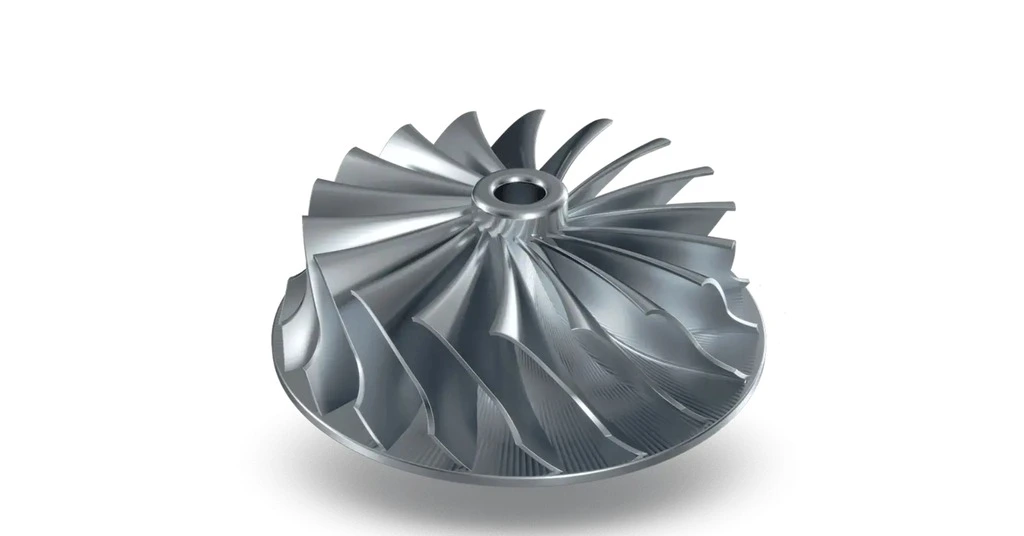
Titanium aerospace machined part
The most crucial property of titanium is its strength-to-weight ratio, which makes it suitable for use where strength is needed but weight is a constraint. This characteristic is precious in industries where weight is a significant concern, such as aviation and healthcare. Furthermore, corrosion and high-temperature features are also in favor of titanium in severe environments. These properties make it suitable for use in projects that involve a material that is strong and performs well under adverse conditions.
Aluminum, on the other hand, is a cheaper material with reasonable strength and resistance to corrosion. Because of its low cost, it is applied in many sectors, such as the automobile and construction industries, where costs are a crucial consideration. Aluminum also has high elasticity, which improves the shaping and forming techniques to fit the project requirements.
Thus, the decision whether to use titanium or aluminum will be based on the evaluation of the specific needs of your project. It is thus necessary to consider the use of the material, the characteristics needed, and the cost of the material in order to arrive at a decision that will provide the needed performance at the lowest cost possible. All the materials have benefits, and a proper assessment will lead to the best solution for the specific project.
Comparing The Costs of CNC Machined Aluminum, and Titanium Parts
The following are some common factors that contribute to the costs of cnc machined parts;
Material Cost:
Compared to steel and aluminum, titanium is much more costly. It has high extraction and refinement costs, which also add to this high cost. The fact that titanium is scarce also contributes to its high cost, thus being a high initial cost for any project. However, the advantages of titanium can offset the higher costs of the material since it is expensive. The material cost is a significant factor that affects the budgetary plan since it is a major component of the total cost. One has to bear this high base cost of titanium in mind when selecting it for use in a particular project.
Tooling and Equipment:
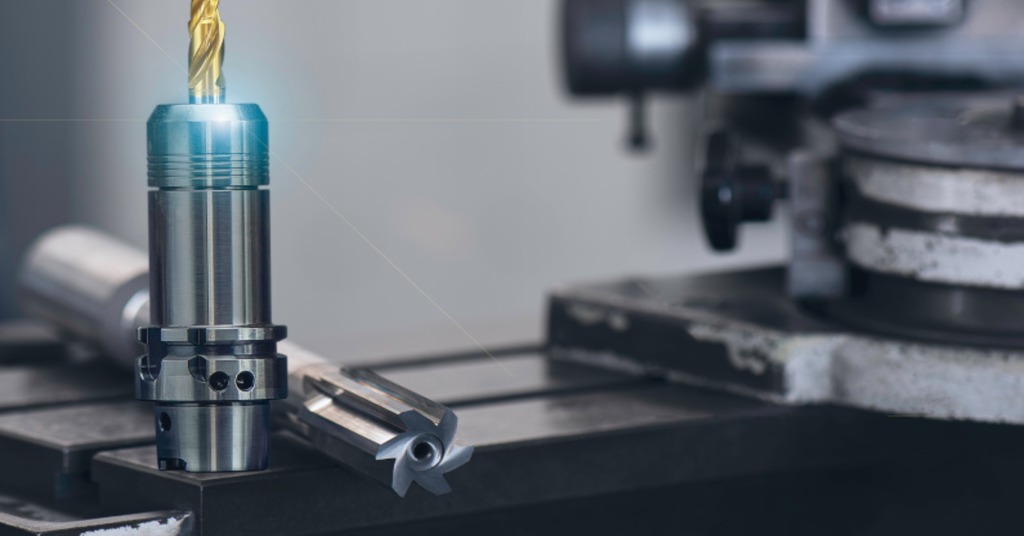
Titanium machining tooling
Machining titanium using CNC requires special tools and equipment that are more prone to wear than those used in other materials. This often requires replacement, which in turn increases the machining costs significantly. The longevity of the tools used is vital to guarantee the effectiveness and quality of the work. The cost of specialized tools is also high, and this is considered one of the factors that contribute to the total cost. More tool wear is not only a problem in terms of time but also money. High-quality machining processes often demand changes in tools.
Machining Speed:
Titanium has lower machinability, which implies that to get the right level of precision, slow machining speeds are required. These reduced speeds lead to a longer time to produce the same amount of output, which in turn leads to increased labor costs. Slow machining speeds slow down the overall production process, and thus, efficiency is affected. Complex processes require special attention regarding cost control, especially when it comes to time-consuming activities. The problems associated with low-speed machining of titanium have to be met with accuracy requirements. These slower speeds must be considered when setting the project deadlines, which means that the latter must be planned.
Tool Wear and Tool Life:
Titanium is a rigid material, and this increases the rate of tool wear; thus, the tools need to be replaced frequently. This leads to increased operational costs since the wear increases with the amount of time the equipment is used. Tool wear is another factor that is very sensitive as it affects the efficiency and the amount of money to be spent. Machining quality requires regular replacements of the tools, but this increases the expense. The rapid deterioration of tools disrupts the flow of machining and the general project time frame, which is why tool durability is an essential component of cost control.
Coolant and Lubrication:
Titanium is relatively hard to machine due to the high heat produced; therefore, adequate coolant and lubrication are necessary to avoid damaging the tools and the workpieces. These fluids form part of the cost of machining and, therefore, increase the price of the final product. Heat control is significant in ensuring accuracy and avoiding damaging the tools that are used in the process. The expenses of the coolants and lubricants also have to be considered as part of the total costs. Cooling is a critical element of the process since it minimizes operational risks and guarantees the production of high-quality parts.
Energy Consumption:
Titanium requires more energy to be machined because of its high melting point and inability to deform. This increases the energy consumption and, thus, the operating costs of the business. Machining efficiency is also a factor of energy consumption to ensure that the costs are well controlled. Energy requirements are also a function of the amount of power required to power the machinery used in titanium machining. They, thus, are a determinant of the cost of titanium machining. Energy control is critical in managing costs since it is a crucial factor in production.
Post-Processing:
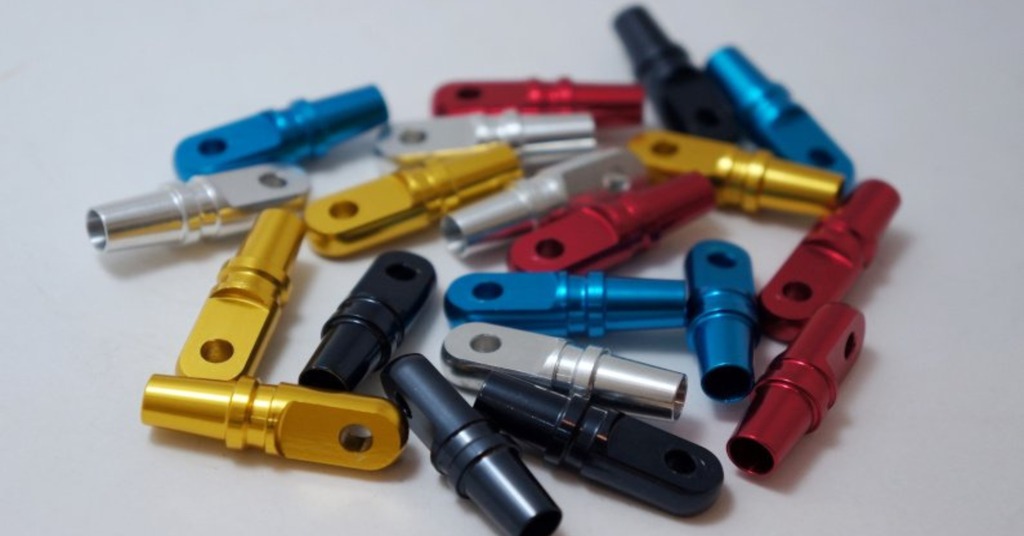
Aluminum anodized parts
Titanium components may also need further processing, such as heat treatment and surface treatment. These additional steps cost more than other materials that may not require further processing after they are cut to size. These are the comprehensive steps that are taken to guarantee high quality of titanium parts, but they contribute to the total project cost. The time and cost of post-processing must be managed effectively in order to sustain the project’s efficiency and productivity.
Scrap and Waste:
Machining of titanium can generate more scrap and waste because of the material’s relatively poor machinability. The level of waste must be kept to a minimum, which means that precision and a high level of control are required to reduce wastage, which is costly. The management of waste is another factor that needs to be worked on to ensure that there is minimum wastage of materials. High scrap rates significantly contribute to costs. Therefore, waste management is a critical component of cost management. Precision machining also minimizes wastage that is not required, hence improving costs.
Expertise and Skilled Labor:
Titanium requires a highly skilled operator who is well conversant with the material to be able to machine it. This specialization leads to high labor costs, which is a significant factor that affects the prices of the products. Machining titanium requires skilled labor so as to meet the required precision and quality of the final product. Hiring skilled employees improves the machining process; however, it affects the cost of the project. Experience and training are critical to the machining of titanium.
Quality Control and Inspection:
Titanium parts are usually susceptible and must be checked and tested very often. Sophisticated inspection tools and techniques help to maintain part quality but are costly. It is essential to ensure that quality control is done to the highest standards to ensure the best performance. Cost and quality are two critical factors in the machining of titanium. Strict measures are taken to avoid such problems in the future and guarantee the necessary quality of titanium parts. Implementing quality control measures increases confidence in the final product, hence the need to invest in it.
Try Prolean Now!
Summary
Titanium and aluminum are two materials that are commonly used in CNC machining and are sometimes compared due to their differences. Titanium is well known for its strength and corrosion resistance; therefore, it is suitable for use in products prone to wear and tear. This makes it ideal for use in aerospace, medical devices, and high-performance equipment. On the other hand, aluminum is much lighter than titanium and thus is applied where weight is a consideration, for instance, in automobiles and electronics.
Therefore, the best material to use in your product depends on the application that the product will be used for and the specifications of the application. Prolean has been machining both titanium and aluminum for quite some time, making them offer the best for your project. Titanium is the strongest among all the metals and is therefore suitable for use in applications that require strength. At the same time, aluminum is relatively easy to work with and transport; hence, it is ideal for use in applications that require ease of handling. Do you already select the material that will be the most appropriate for the next project? If not, explore Proleans’ titanium cnc service and send us a quote for your intended project requirements.
FAQs
Q1. Is titanium lighter than aluminum?
No, titanium is not lighter than aluminum. It is denser than aluminum. Aluminum is much lighter as it has a lower density compared to copper. This makes aluminum often used in areas where weight reduction is essential.
Q2. Is titanium stronger than aluminum?
Yes, titanium is more potent than aluminum. It has high strength and is very hard; hence, it is suitable for use in applications where high resistance to wear and abrasion is necessary.
Q3. Are titanium vs steel used as recycled materials?
Yes, both titanium and steel are recyclable products, and they can be recycled infinitely many times. Recycling these metals is one of the best ways of preserving natural resources and reducing the volume of waste disposal. They can be reused repeatedly without changing their fundamental properties and attributes.

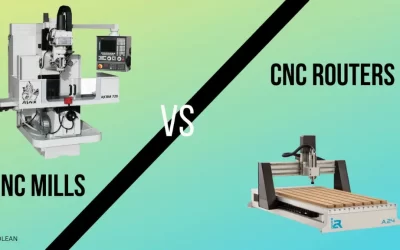
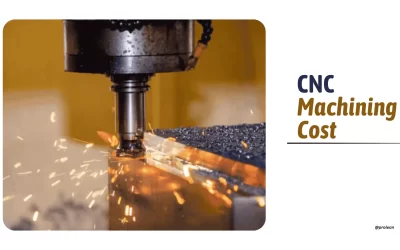
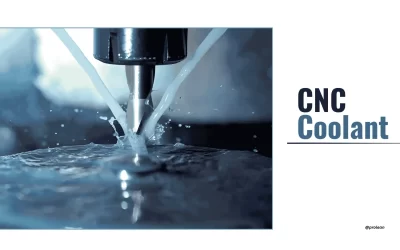
0 Comments